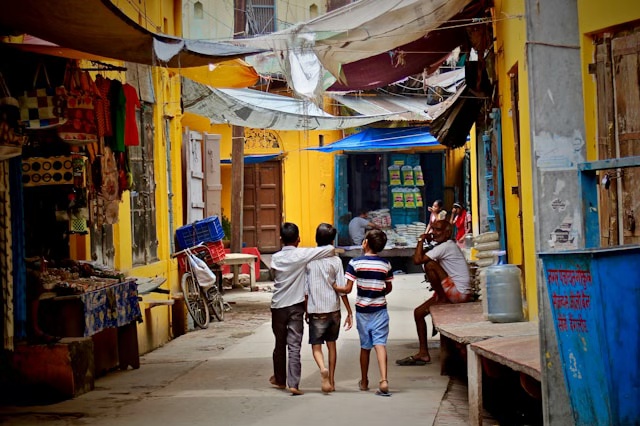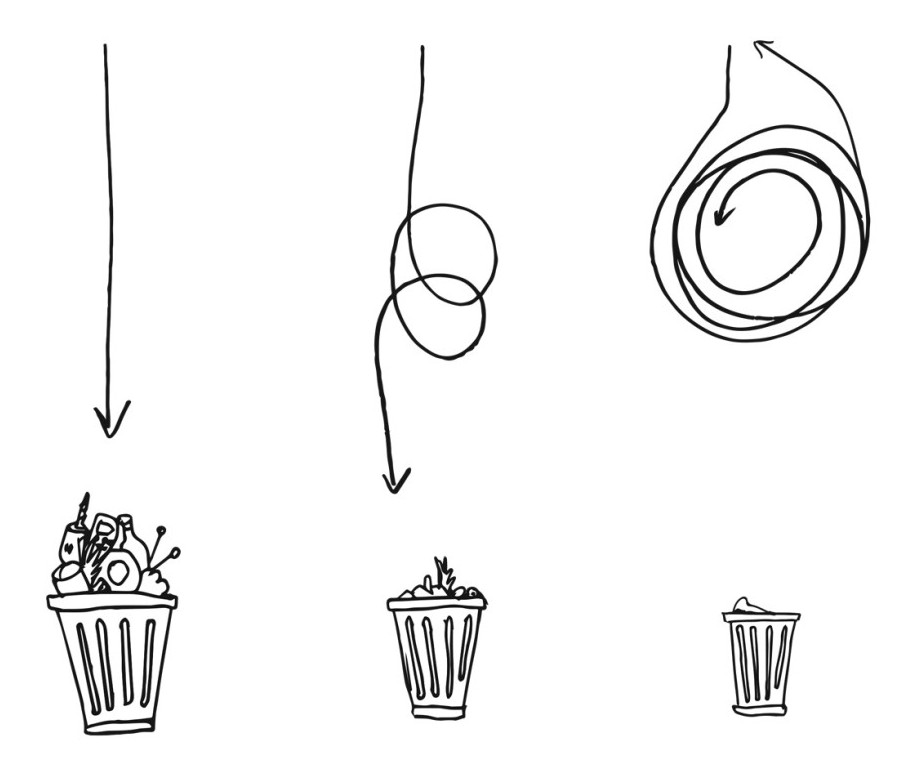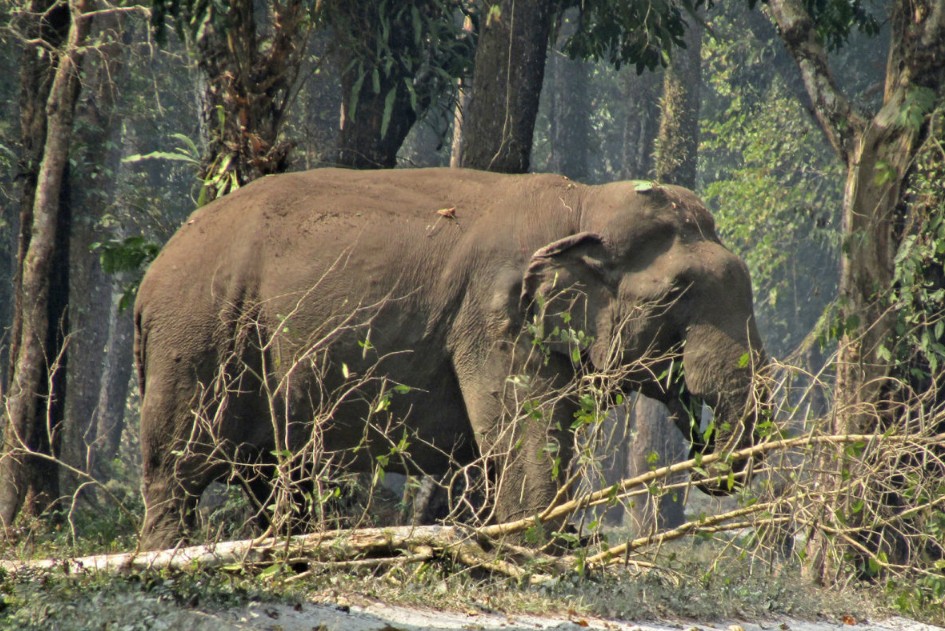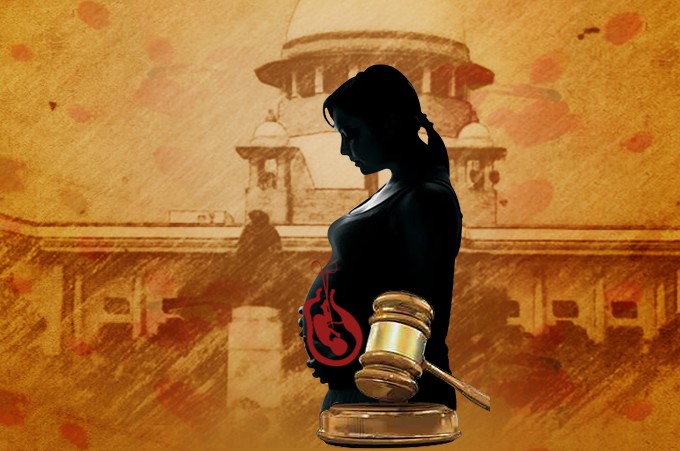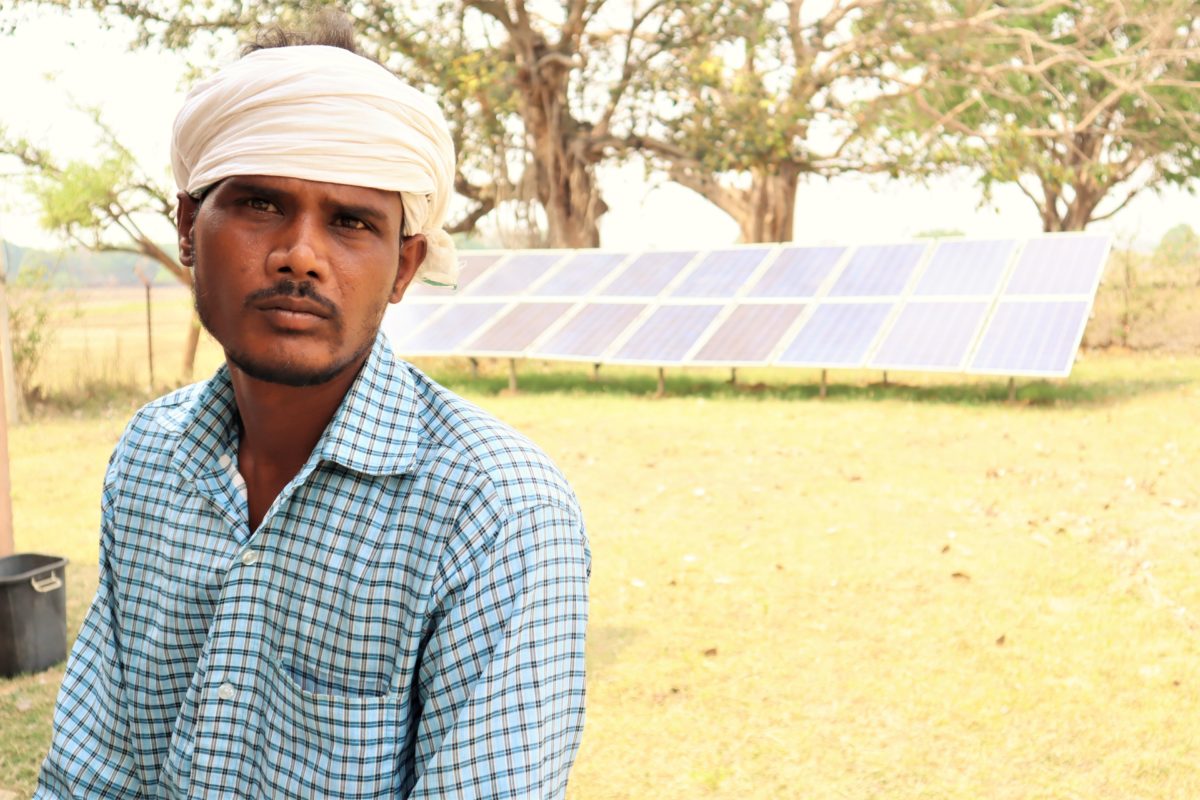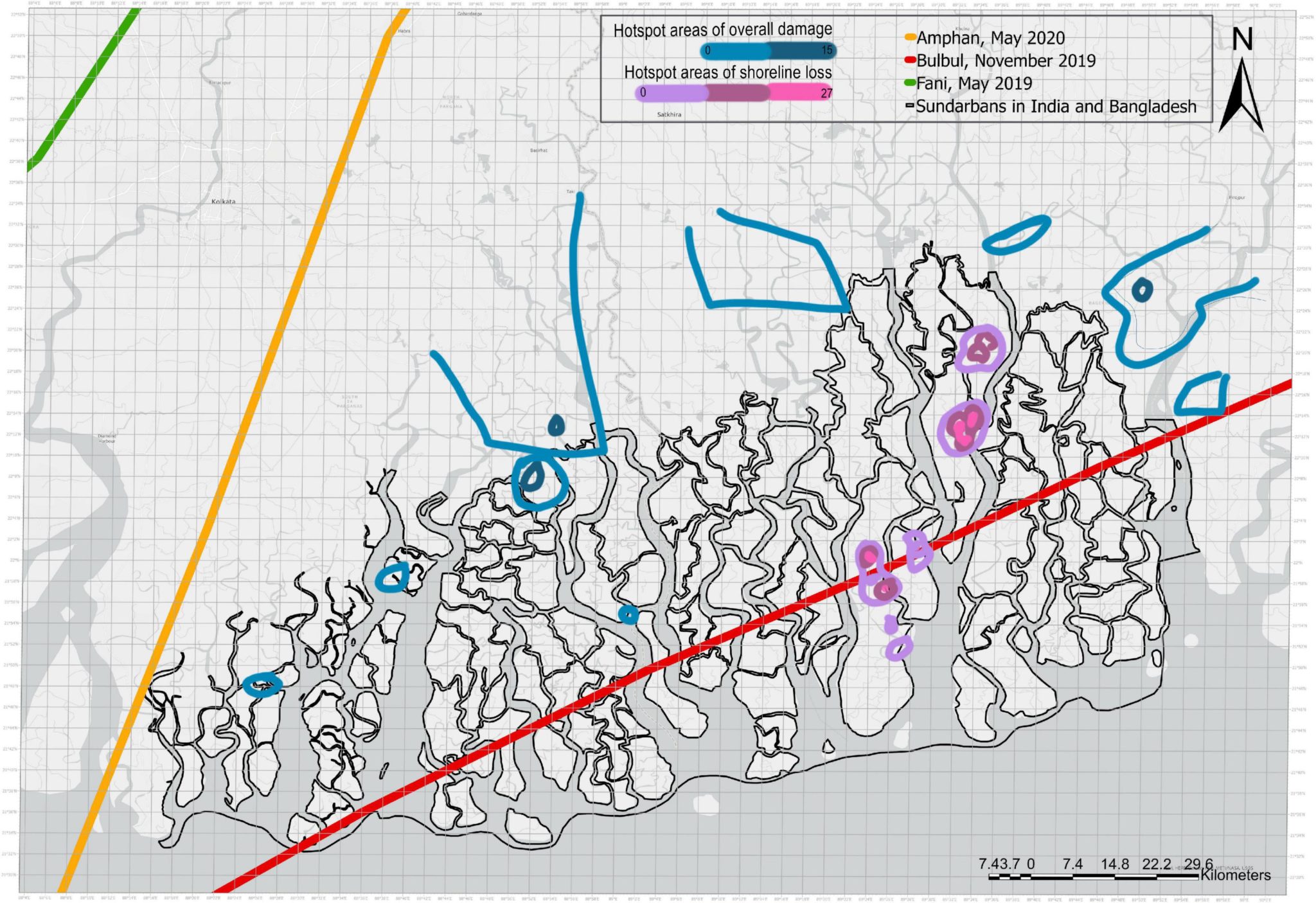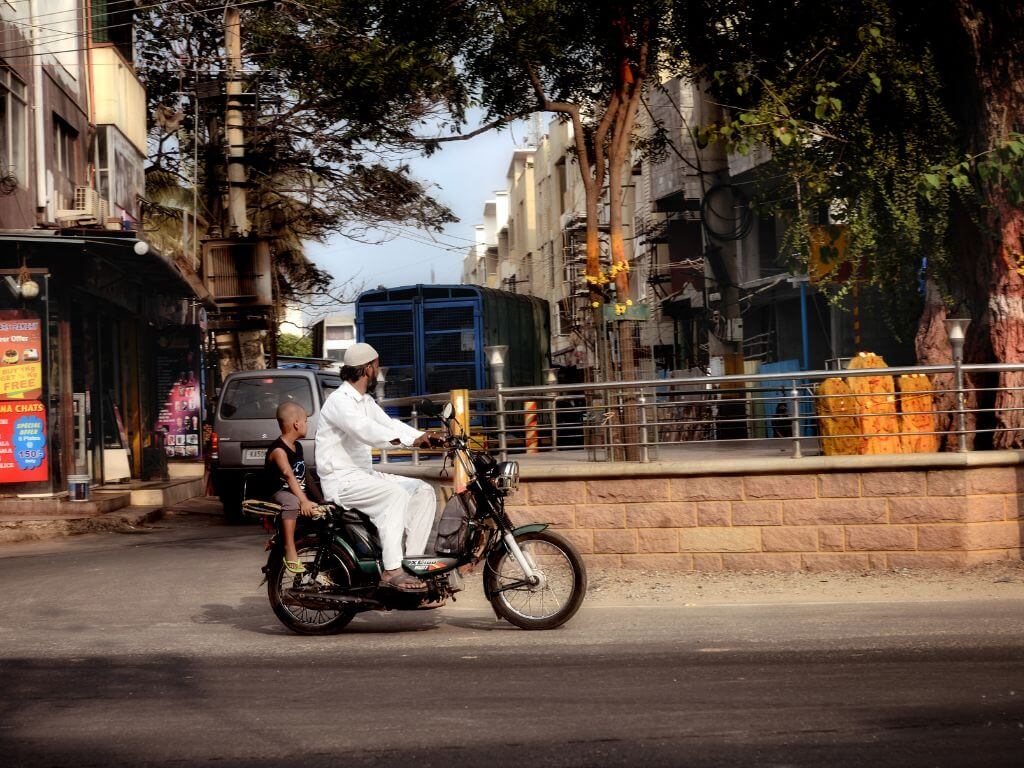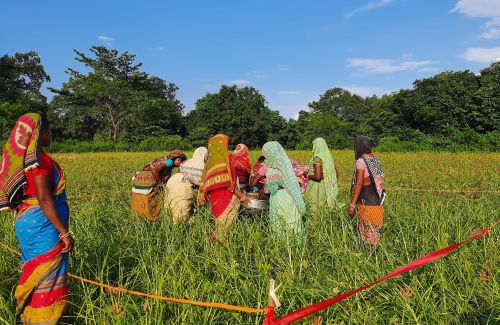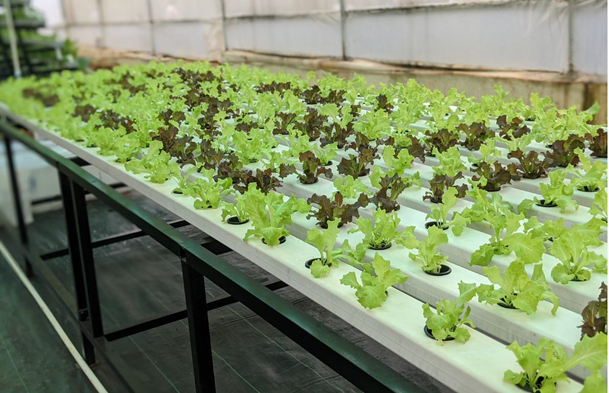In late June, the Rashtriya Jal Biradari (National Water Community) and Tarun Bharat Sangh organized a National Water Convention in the capital. The convention was well attended by State Jal Biradari Presidents and NGOs from 16 states, representatives of the government and past policy makers. The conference followed the conclusion of the Rashtriya Jal Yatra (National Water Tour) that the duo had organized during the past 18 months. The yatra included visits to 144 river basins across 30 states of the country (of which 17 states are water stressed). The main objectives of the yatra were to understand regional issues related to water management, supply, and distribution and to create awareness about the National Water Policy of 2002.
Drought-proofing the future
The convention began with a welcome by Rajender Singh, President Rashtriya Jal Biradari followed by an inaugural talk by Sunita Narain of the Center for Science and Environment (CSE), Delhi. She set the tone of the conference by highlighting the present water crisis faced by the entire nation. She noted that the most effective and sustainable solution to the present problem lies in adopting rainwater harvesting techniques most suited for managing water at the point of demand. The message that the convention sent out to the government was definitely that revival of the traditional water harvesting structures is the key to solving pertinent problems of drought and also floods.
Success stories like the revival of the Aravari river basin by the waterman of Rajasthan - Rajender Singh - are already well known. The convention brought to light other successes and struggles of state participants in different parts of the country. D.R. Patil highlighted about how the drought-prone rain-fed areas in Karnataka are being drought-proofed. Farm ponds and re-adoption of tree agriculture ensures water availability during dry months and also guarantees sustenance through low water consuming tree produce in the drought years. Neelesh Desai from Madhya Pradesh pointed out that villagers are developing drought resistance by allocating some portion of their land to non-cash crops most suited for local climates and hence ensure sustenance during drought years. It was therefore stressed multiple times that the water policy cannot be independent of agricultural guidelines; arid and semi-arid regions should shift to sustainable mixed crop (cash-crop plus traditional) patterns.
Vibha Gupta from Centre of Science for Village (CSV), Wardha and Amla of Maharashtra Jal Biradari stressed on research in water efficient (and not just land efficient) agriculture and emphasized the urgent need to promote bio-manure and bio-pesticides in place of chemical fertilizers and pesticides that require huge quantities of water. An urgent need to compile and share the best agricultural practices was also expressed. Prof. M.S. Rathore of Institute of Development Studies, Jaipur pointed out that groundwater records and GIS data related to rock type and soil should be made available to researchers so that they can help communities make decisions related to rainwater harvesting techniques. Presently such data is not available to the public.
From National Water Policy 2002 to local control
The Biradari was generally pleased that Prime Minister Singh made no mention of the Interlinking Rivers (ILR) project in his address to the nation on June 24; presumably a sign that the controversial project has been shelved. Former policy maker Ramaswamy Iyer stressed the need to replace the Interlinking Rivers project task force with one on sustainable water management. An integrated approach regarding land-use, water and forests is seen as an urgent need. K.J.Alphons emphasized the importance of having members related to integrated resource management in the National Advisory Committee, the Planning Commission and also in the Rajya Sabha.
There was strong sentiment against use of foreign funding (World Bank, Asian Development Bank) to solve water problems. Such funding and related activities should be used very carefully, because their overall approach treats water as a commodity, rather than a resource. The Biradari asked the government to declare water as a community resource and not treat is as a commodity. The different water privatization models being tried across the country were strongly criticized. Participants from Chattisgarh told the audience about their struggle against the privatization of Sheonath River. The water market in operation in Tirupur, Tamilnadu was also criticized.
There are strong signals that the present government wants to devolve power and authority to the local agencies, i.e., Panchayats. Such devolution of control over local water bodies and forestland and transfer of ownership to the gram sabhas was felt as an important need of the hour. The participants also suggested that responsibility of infrastructure upkeep by cooperatives of beneficiaries would be a positive step in giving ownership of water resources to the people. The Biradari also expressed concern on involving the already highly politicized panchayat machinery to prevent supply side village development and leakages.
The Biradari lauded M.Mehta's (Sr. Joint Commissioner, Ministry of Water Resources) statement regarding transfer of control to people through Voluntary Organizations. This was taken to mean that government understands the importance of NGOs and does not want to politicize water decentralization measures. There were suggestions related to the formation of cooperatives of beneficiaries in various river basins to manage water use, as well as participation and contribution from beneficiaries (of up to 15%) either in terms voluntary labour or otherwise, in different water projects. The participants suggested that water projects should be monitored and preferably implemented by self-help groups (SHGs) of beneficiaries.
There was also a discussion on the role that Central and State ground water boards can play in improving prospects of success of water harvesting initiatives across the country. These bodies should act as libraries and resource centres for those planning to work on groundwater. The Biradari requested the government to support initiatives for water conservation across the country, and to assess earlier large projects before any new ones are announced. On the whole, smaller local efforts found much more support than grandiose schemes; participants suggested that revival of more than 60,000 ponds and tanks in Bihar would provide for water storage for dry months and also prevent floods by storing excess river water in depressions. Sunita Narain also pointed out that small structures, be it tanks or check-dams or lakes, have higher ecological efficiency in groundwater recharge.
Urban Water Crisis - Detrimental to Rural Progress
Conference participants also recognized that rural and urban water crises are very closely related. Urban areas enjoy political and economic clout to divert rural resources to urban centres. Hence techniques like rooftop rainwater harvesting should be promoted in urban centres to avert water crises in cities without impacting rural areas. K.J. Alphons emphasized on the use of commercial media and regular airtime on national channels to discuss issues of water management. Publicity and government support to success stories will motivate the public to think about water conservation, he stressed. Vandana Shiva also highlighted the need to create awareness about water conservation among the urban youth.
The urban water economy is seen as wasteful and highly polluting. The importance of applying a 'polluter pays' principle to domestic users in urban areas was also felt. A tariff structure was recommended that would provide some daily free ration of water to all citizens (therefore providing accessibility to all) and then charge consumers beyond this ration based on capacity to pay as well as usage. The cost of water, it was argued, should include not just the cost of supply, but also of treatment and waste disposal. Policies like those of the Delhi Jal Board - which is targeting an increase of per-capita consumption of water from the already high 209 litres to 310 litres - were considered extremely out of tune with the times, when highly developed cities are going the other way. For example, Copenhagen is targeting a decrease in per-capita per day consumption to roughly a third of what the Jal Board in Delhi imagines!
• A flawed water policy
• Rain Catcher!
On the question of pollution, the struggle of the people of Gujarat for clean drinking water also came to the forefront. Most of the groundwater sources in the Golden Corridor have been severely polluted by the numerous industries in the area that at times dump their effluents into dry and unused wells to save on effluent treatment costs. The Biradari asked the government to implement pollution control laws properly and prosecute polluting industries. Quality of groundwater is a very important concern as it supports more than 50% of agriculture even today. Pollution of groundwater would lead to general population imbibing these pollutants at the top of the food chain. This will result in huge health costs for the government and the society.
Let communities take care of their resources
The Biradari closed with the demand that water be considered a community resource, the water policy of 2002 be reviewed and a new water policy be evolved through a public dialogue including members of the Jal Biradari. The conveners stressed on the need to create awareness about better agricultural practices in rural areas and rooftop rainwater harvesting techniques in urban regions. The Biradari asked the government to shift to the system of community control over local water bodies. It also strongly suggested the need to take up national campaigns to revive traditional integrated resource management systems in both drought and flood prone areas as a sustainable means of solving water problems of the country.



